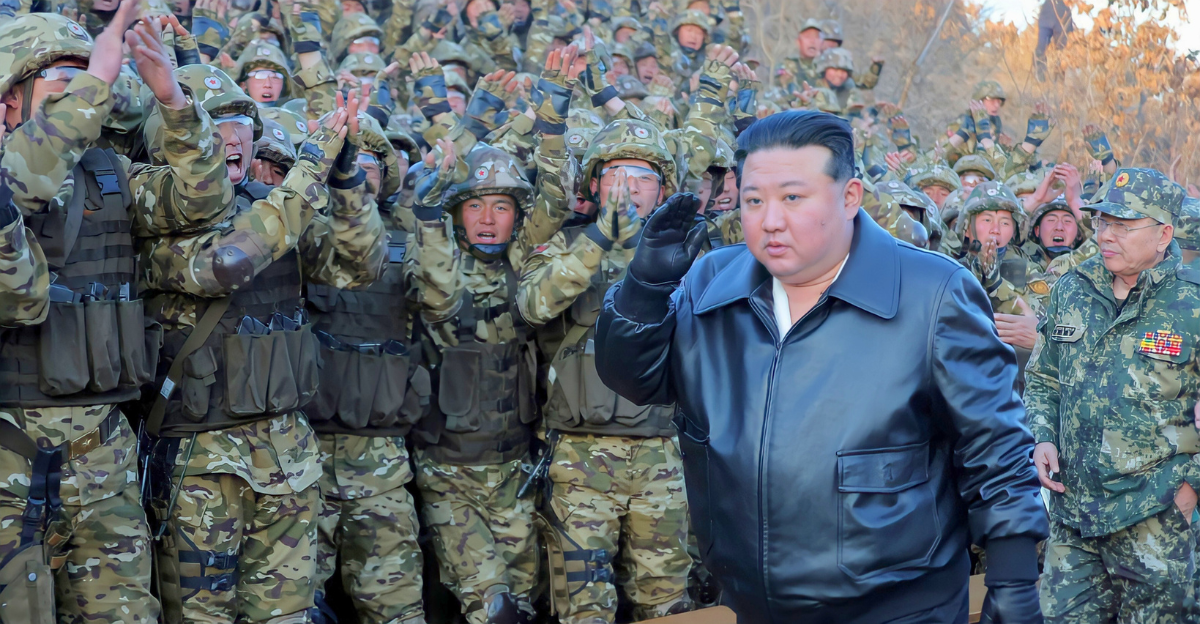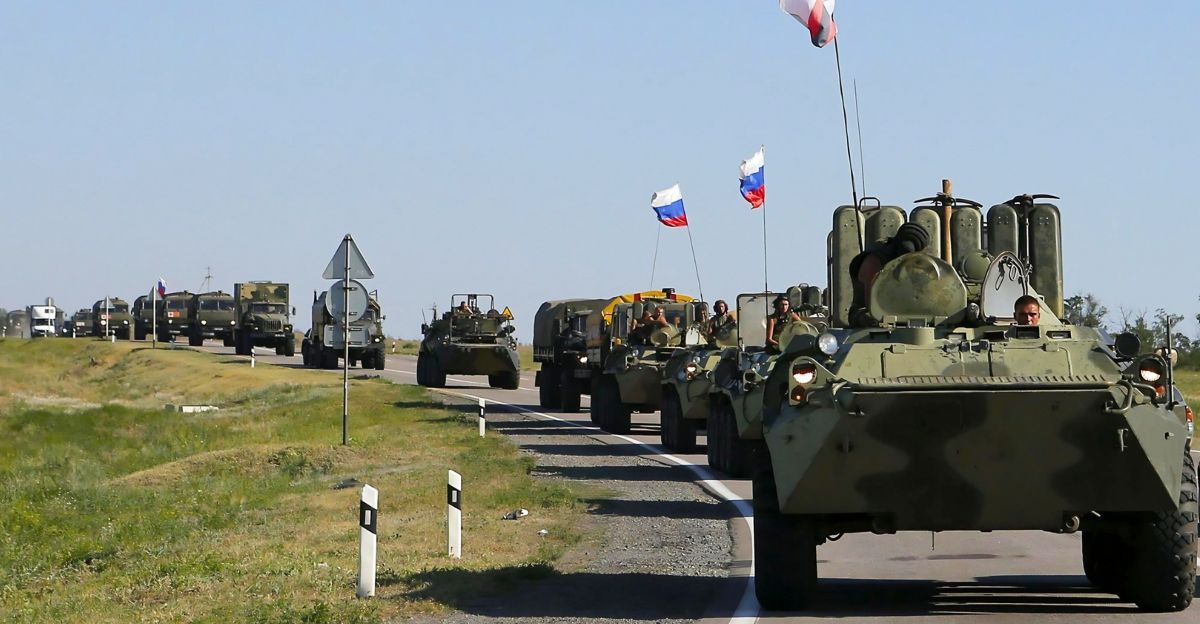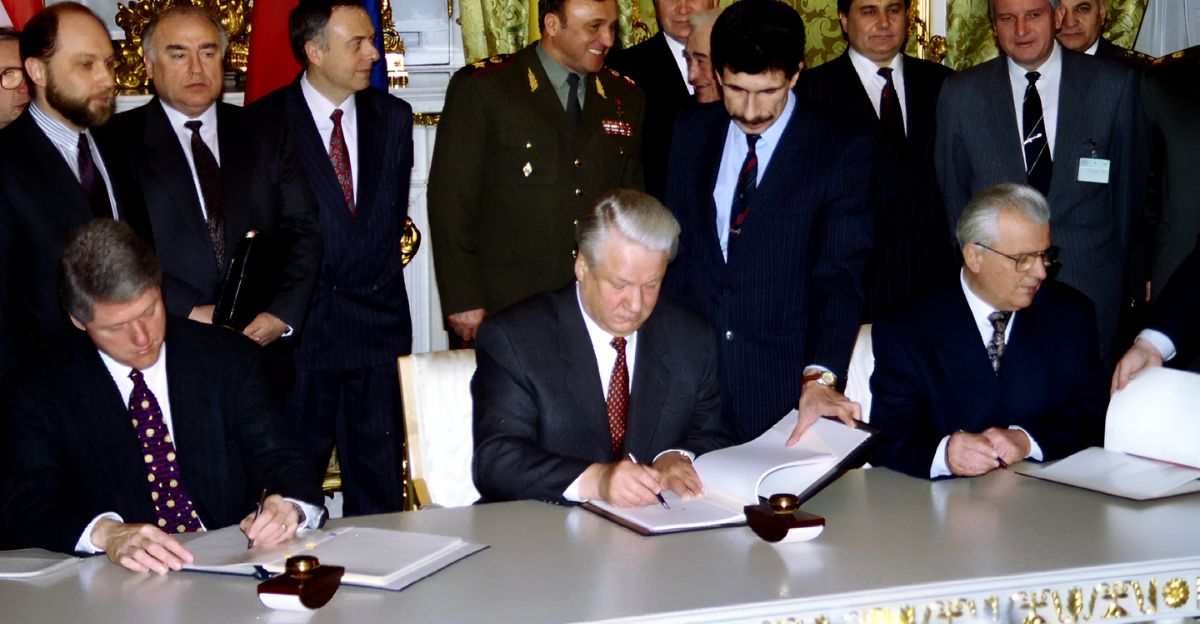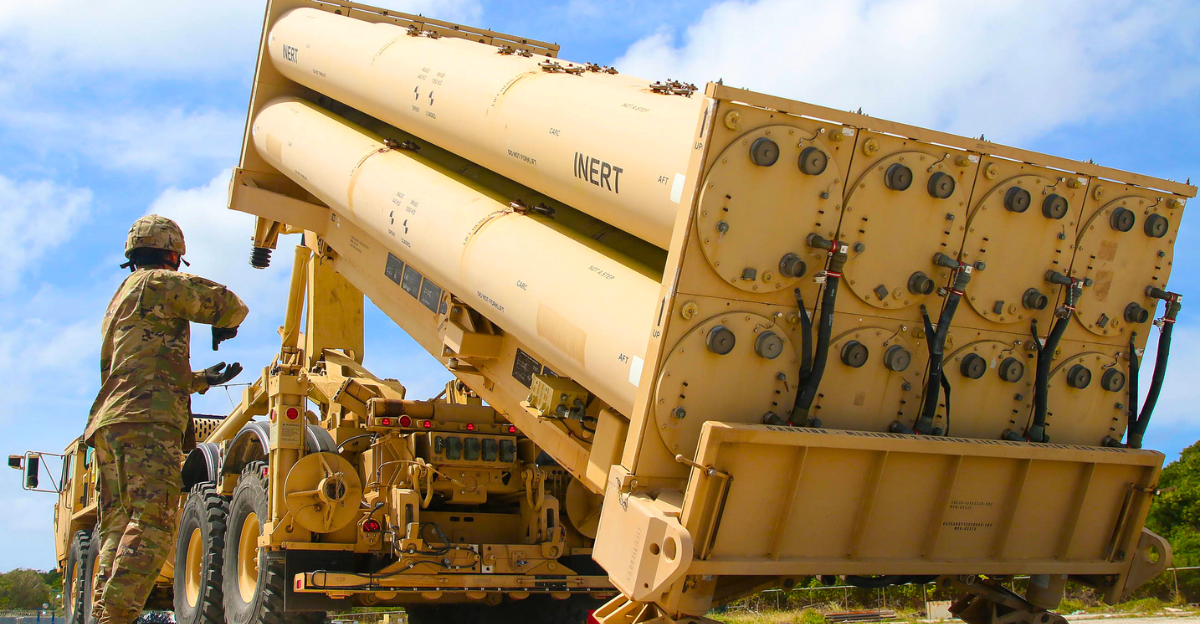
In a remote part of the Pacific, U.S. Army soldiers quietly conduct groundbreaking operations that could reshape modern warfare. These troops are working on a new missile system in an environment far from the public eye, combining advanced technology with frontline innovation. This mission is not just about upgrading weaponry; it represents a strategic shift with far-reaching implications.
The soldiers’ efforts remain largely unseen but have already begun stirring geopolitical tensions, particularly with China. This secretive deployment hints at a future where military technology and tactical ingenuity merge to redefine power balances in the Asia-Pacific region. The quiet nature of this operation masks its potential to influence regional security dynamics and international relations profoundly. The unfolding story invites us to watch closely as this silent revolution unfolds.
Strategic Stakes in the Asia-Pacific

The deployment of this new missile system in the Asia-Pacific is more than a technological upgrade; it is a strategic maneuver with significant regional security consequences. The Philippines, a critical U.S. ally, serves as the operational base, placing the missile system within striking distance of contested maritime zones and strategic chokepoints. This positioning enhances U.S. deterrence capabilities amid increasing tensions with China, which views the deployment as a direct challenge to its territorial claims and regional ambitions.
The move signals Washington’s commitment to maintaining a balance of power in the Indo-Pacific and supporting its allies. Beijing’s sharp reaction highlights the fragile security environment and the high stakes involved. This missile deployment underscores the intensifying rivalry and the complex interplay of diplomacy and military readiness shaping the region’s future.
Echoes of the Cold War Missile Era

Missile deployments have long been a symbol of global power struggles, especially during the Cold War, when missile bases were central to deterrence strategies. Today, a new era that recalls this history is unfolding, driven by modern technology and evolving alliances. The U.S. Army’s latest missile initiative, featuring the Typhon system, blends naval missile technology with land-based platforms, reflecting a shift toward multi-domain warfare.
Unlike the static missile silos of the past, these systems are designed for mobility, rapid deployment, and adaptability. This evolution marks the transition from traditional deterrence to dynamic, flexible responses to emerging threats. The current deployment in the Philippines is a clear signal that the lessons of the past are informing cutting-edge innovation, shaping a new strategic landscape in the Asia-Pacific region.
Overcoming Operational Challenges in the Field
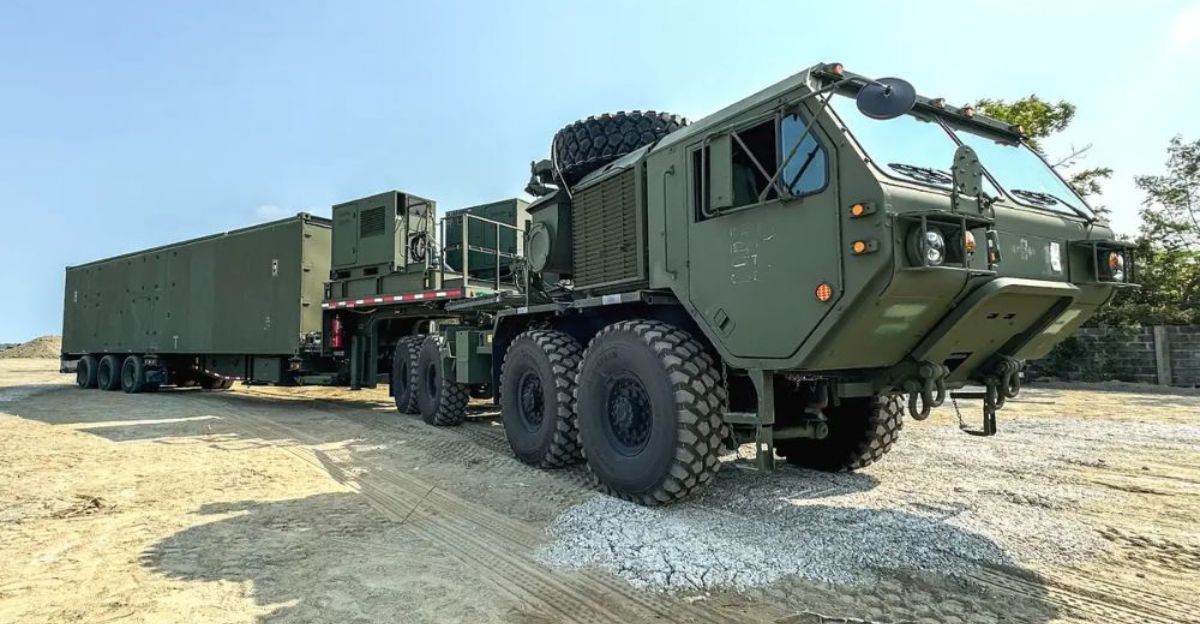
Deploying the Typhon missile system in the field revealed several operational challenges that soldiers had to address directly. Early launcher versions suffered from slow reload times and maintenance difficulties, partly due to the bulky design and inconvenient access panels. These issues risked reducing the system’s effectiveness during critical moments. However, the soldiers on the ground took initiative, brainstorming and implementing modifications to improve reload speed and ease of operation.
Their hands-on problem-solving included repositioning access panels and adjusting launcher orientation, significantly enhancing usability. This frontline innovation demonstrates how real-world feedback is crucial in refining advanced military technology. It also highlights the adaptability and resourcefulness of soldiers, who play a vital role in shaping the performance of next-generation weapon systems beyond the factory floor.
Frontline Innovation: Soldiers Rework the Typhon System
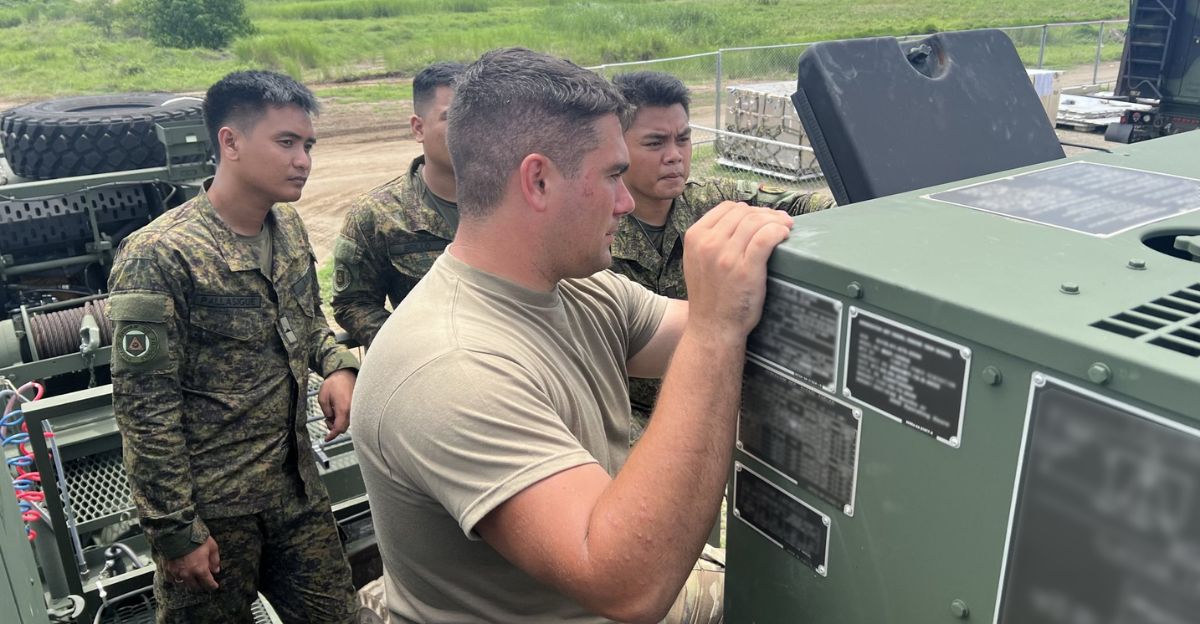
During their deployment in the Philippines, U.S. Army soldiers reworked the brand-new Typhoon missile system, a rare example of frontline innovation directly influencing weapon design. These modifications improved reload efficiency and operational ease, addressing key limitations identified during exercises. The Typhon system, part of the Army’s Mid-Range Capability, represents a significant leap in missile technology, combining precision strike ability with rapid deployment.
Soldiers’ hands-on adjustments, such as repositioning access panels and streamlining reload procedures, enhanced the system’s combat readiness. This real-time innovation underscores the importance of user feedback in military technology development. The successful field modifications boosted performance and demonstrated the close collaboration between soldiers and engineers. This deployment marked the Typhon’s first overseas operational use, symbolizing a milestone in U.S. military modernization and alliance cooperation with the Philippines.
Strengthening U.S.-Philippine Military Ties
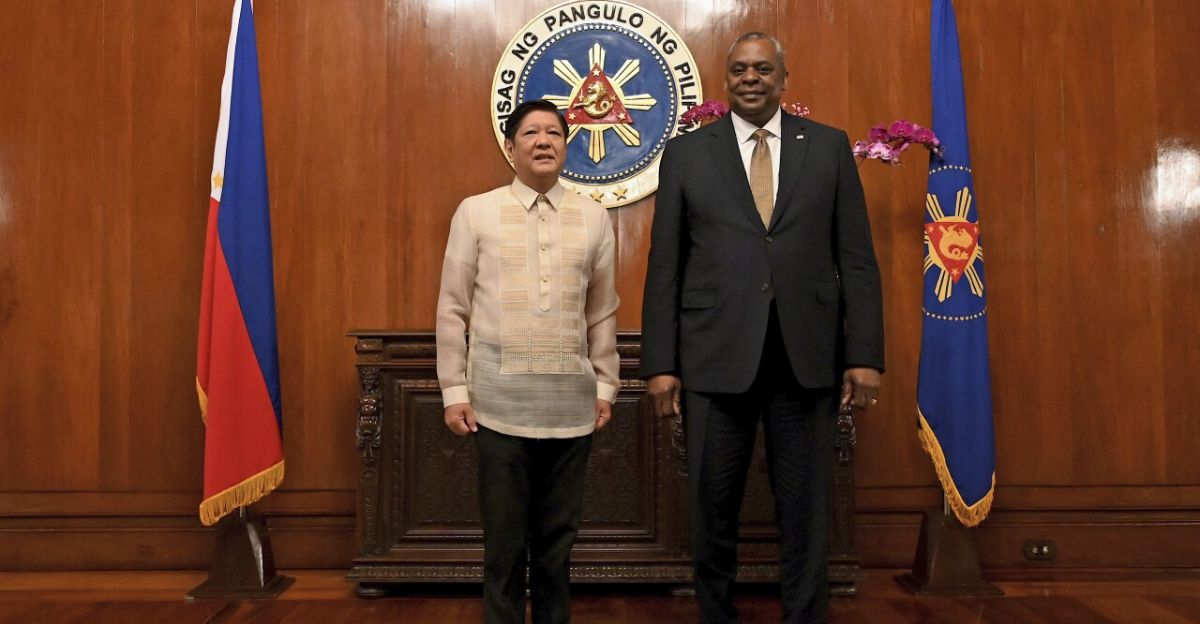
The Typhon missile system’s deployment in the Philippines marked a significant milestone in U.S.-Philippine military cooperation. Joint exercises and operational integration enhanced interoperability between the two forces, improving regional defense readiness against emerging threats. This collaboration reflects a shared commitment to maintaining security and stability in a region marked by increasing geopolitical competition.
However, China views this deployment as provocative, threatening its strategic interests and escalating diplomatic tensions. The presence of advanced U.S. missile systems in the Philippines signals a deepening alliance and a clear message of deterrence. It also highlights the complexities of balancing military partnerships with regional diplomatic sensitivities. The deployment strengthens defense ties while underscoring the delicate nature of power projection in contested Indo-Pacific waters.
Soldier Feedback Drives Design Improvements
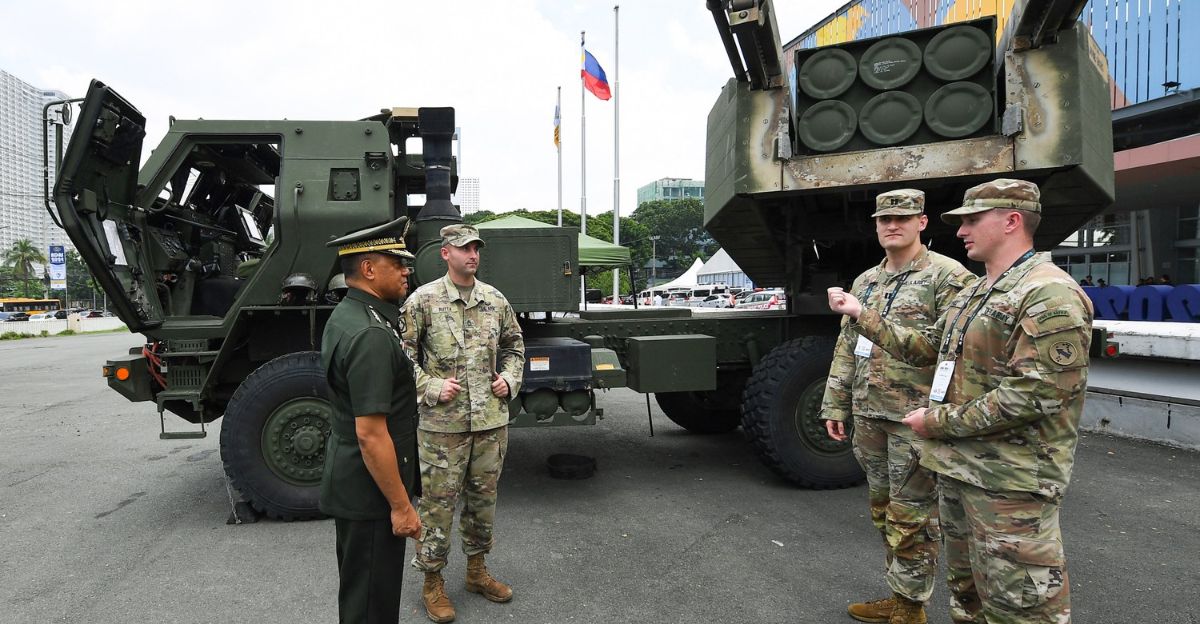
Operational experience revealed practical difficulties soldiers faced with the Typhon missile system, such as launcher orientation and access panel placement, which complicated reloads and maintenance. These challenges prompted soldiers to provide detailed feedback during training exercises, leading to multiple design revisions. Their input was critical in improving the system’s ergonomics and functionality, ensuring it could operate efficiently under combat conditions.
This iterative process highlights the importance of user-driven innovation in military technology development. By incorporating frontline insights, the Army ensured the Typhon system was technologically advanced, user-friendly, and adaptable to diverse operational environments. This collaboration between soldiers and engineers exemplifies how real-world experience shapes and enhances next-generation weapon systems.
China’s Vocal Opposition to Deployment

China has openly condemned the U.S. missile deployment in the Philippines, labeling it a provocative move that heightens geopolitical tensions in the Indo-Pacific. Chinese officials accuse the U.S. of escalating military competition and destabilizing the region by deploying advanced missile systems near its borders. Beijing demands the removal of the Typhon system, viewing it as a direct threat to its national security and regional ambitions.
This opposition reflects broader concerns about U.S. military presence and influence in Asia. The dispute underscores the ongoing strategic rivalry between Washington and Beijing, with missile deployments serving as flashpoints in their competition for regional dominance. China’s vocal criticism signals the challenges of balancing deterrence with diplomatic efforts to maintain peace and stability.
Closing the Missile Capability Gap
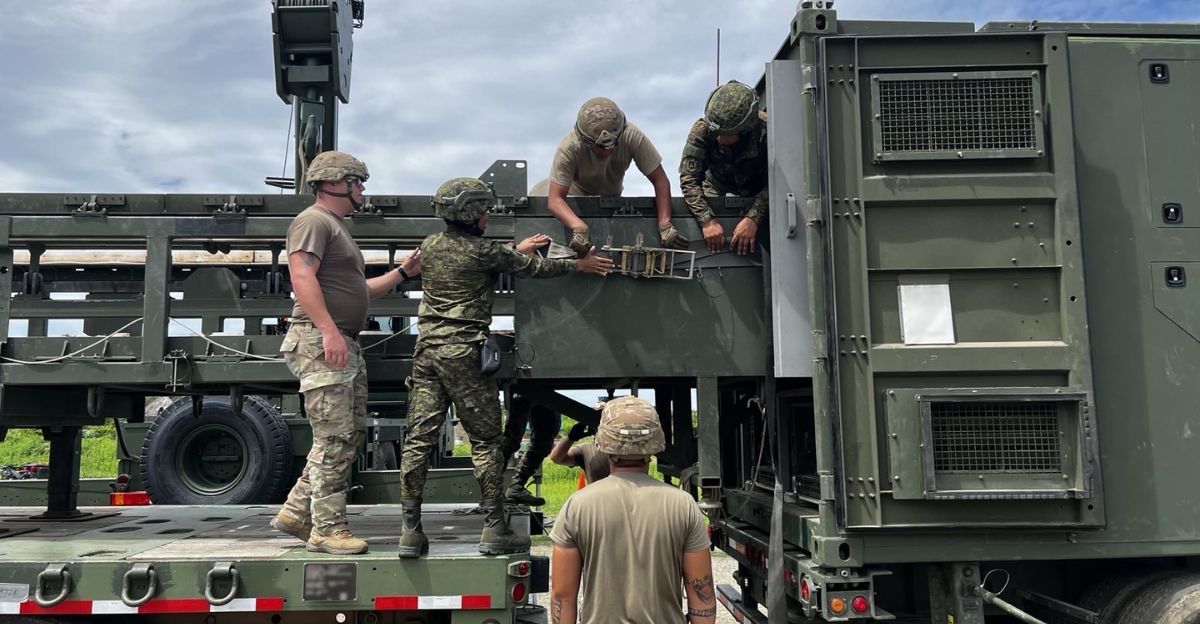
The deployment of the Typhon missile system is part of a broader U.S. strategy to close the missile capability gap with China in the Asia-Pacific. This strategy includes plans to deploy long-range cruise missiles and hypersonic weapons, enhancing deterrence and maintaining a credible military presence. The U.S. aims to counter China’s expanding missile arsenal and assert freedom of navigation in contested waters.
These technological advancements reflect the urgency of adapting to evolving threats and preserving regional security. The missile deployments are not isolated events but components of a comprehensive approach to modernizing U.S. forces and strengthening alliances. This ongoing effort highlights the dynamic nature of military competition and the critical role of innovation in shaping future conflict landscapes.
The Future of Pacific Security
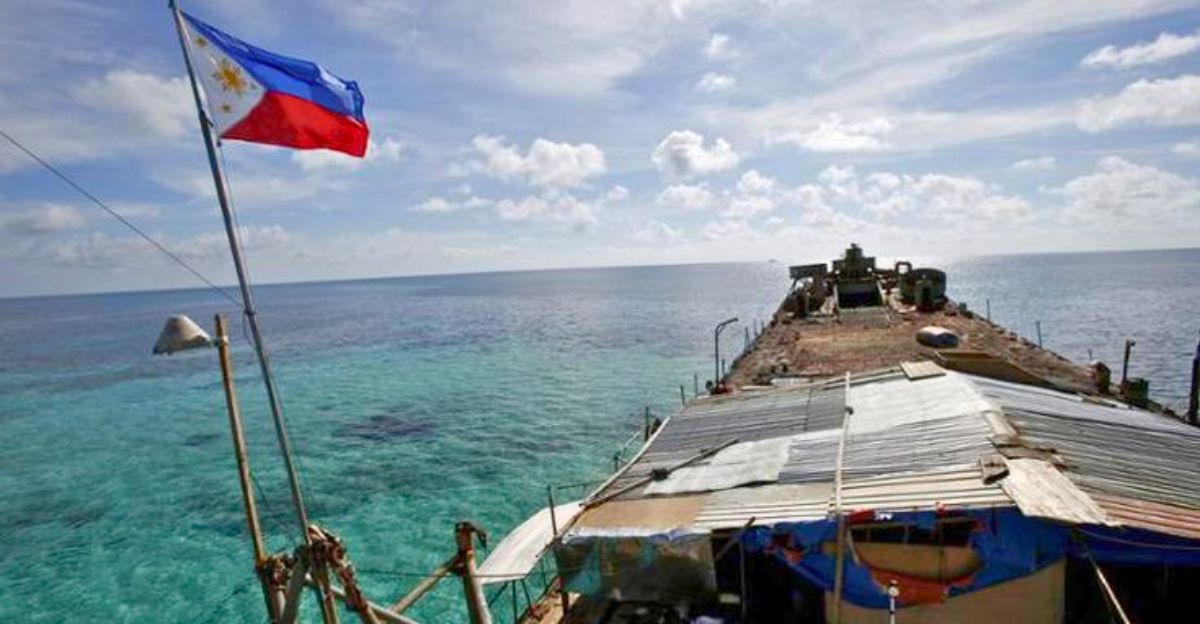
As the Typhon missile system and similar technologies evolve, the security environment in the Pacific remains tense and unpredictable. Frontline innovations by soldiers have improved weapon performance, but also raise questions about escalation and arms races. The balance of power will depend on how regional actors integrate and perceive these systems.
Future challenges include managing diplomatic tensions, technological advancements, and alliance dynamics. The deployment highlights the intersection of innovation, strategy, and geopolitics, emphasizing the need to navigate complex security issues carefully. How these developments influence the broader Indo-Pacific balance remains to be seen, but they will undoubtedly shape the region’s strategic trajectory in the years ahead.

